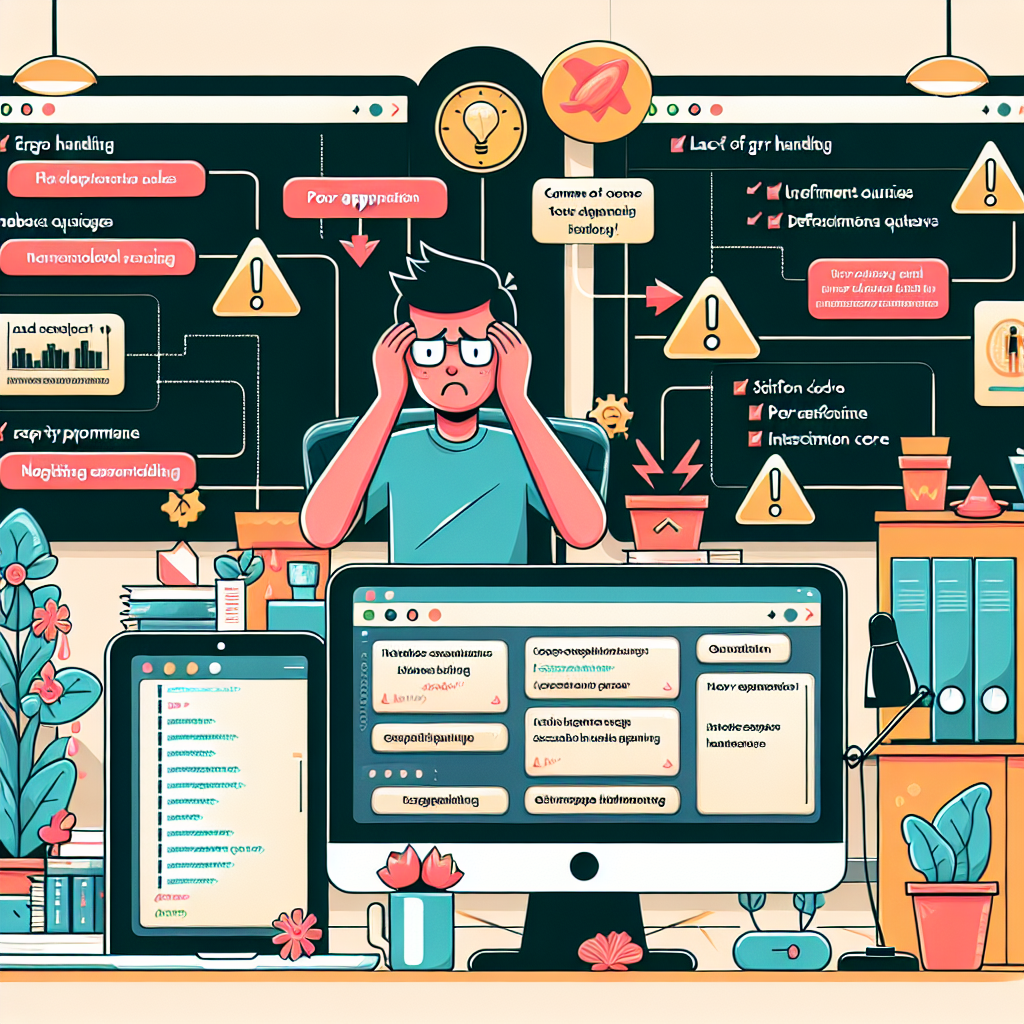Laravel, with its expressive syntax and robust ecosystem, remains a top choice for developers building PHP applications. However, even seasoned developers can fall into common pitfalls that compromise performance, security, and maintainability. Let’s dive into frequent mistakes encountered in Laravel applications and how to avoid them.
Not Using Eloquent Relationships Properly
Laravel’s Eloquent ORM offers powerful methods for defining relationships between models, such as one-to-many, many-to-many, and polymorphic relationships. A common mistake is failing to leverage these relationships efficiently, leading developers to write redundant or inefficient queries. For example, fetching related models within a loop rather than using eager loading (`with() can result in the notorious N+1 problem, drastically increasing the number of database queries. Always establish proper relationships in your models and use eager loading to minimize database calls.
Ignoring Validation at the Controller Level
Validating user input is crucial for both data integrity and security. However, some developers either perform minimal validation or omit it altogether, relying solely on client-side checks. Laravel provides robust validation mechanisms via form requests and the `validate method in controllers. Skipping these checks increases the risk of invalid, unexpected, or malicious data entering your application. Always perform thorough server-side validation before processing any data.
Storing Sensitive Data in Configuration or Codebase
Security oversights are common, especially when handling API keys, credentials, or other sensitive data. Storing these directly in your codebase or in public configuration files exposes your application to unnecessary risk. Instead, use Laravel’s environment files (`.env to manage sensitive information securely and ensure these files are never committed to version control. Regularly audit your codebase for accidental leaks.
Overusing Facades and Global Helpers
While facades provide a convenient way to access Laravel’s services, heavy reliance on them can hinder testability and readability. Injecting dependencies via constructor or method injection makes your code more modular, testable, and adherent to solid principles. Limit facade usage in business logic and favor dependency injection, especially for classes that you intend to unit test.
Not Optimizing Database Queries
Many Laravel projects suffer from unoptimized queries due to lack of indexes, usage of raw queries without safeguards, or improper use of Eloquent’s querying capabilities. Always analyze your queries with Laravel’s query log or debug tools like Telescope. Take advantage of database migrations to add appropriate indexes and choose the right querying methods (`pluck, select, chunk etc.) for the task to reduce overhead.
Failing to Use Queues for Heavy Processes
Tasks such as sending emails, processing images, or running time-consuming computations should not be executed during HTTP requests. A common mistake is to handle these processes synchronously, causing delayed responses and poor user experience. Laravel provides a simple queue system that can offload these tasks efficiently. Implement queues for jobs that don’t require immediate feedback, and your application’s responsiveness will improve significantly.
Poor Error Handling and Logging
Ignoring proper error handling can turn minor issues into critical failures. Overusing generic try-catch blocks, logging sensitive data, or failing to configure appropriate error channels hinders the debugging process and could potentially expose your application to data leaks. Utilize Laravel’s exception handling mechanisms, customize error responses, and leverage logging drivers to capture meaningful insights without compromising security.
Avoiding these common mistakes is essential for building secure, performant, and maintainable Laravel applications. Focus on writing clean, efficient code, leveraging Laravel’s full suite of features, and adhering to best practices. Continuous learning and code review are your allies in advancing Laravel mastery and delivering quality software.
